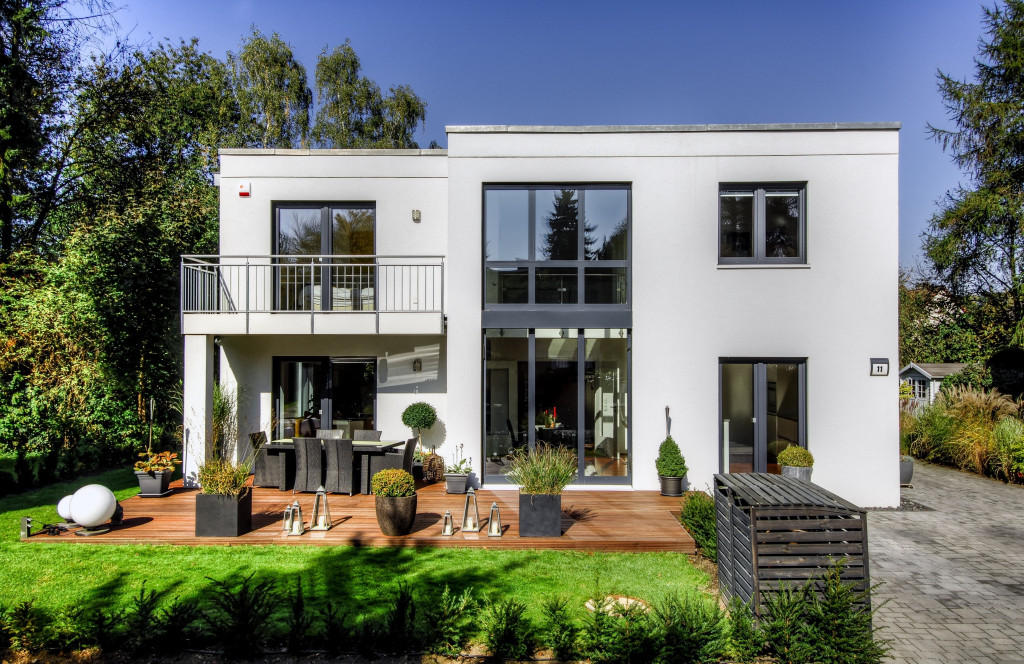People all over the world are going moving back to the country and the suburbs. In Australia, people are moving away from bigger cities like Sydney, Melbourne, Brisbane, Perth, and Adelaide — opting for smaller cities with smaller populations. This is mainly due to the pandemic, but the suburbs are also becoming more conducive for a life in isolation. Big cities have lost their draw, and smaller cities are becoming a more attractive option. But what does it mean for businesses?
More Affordable Properties
Buying a home in the five big cities can be expensive. Sydney’s property price can go for $1.2 million, and one in Melbourne will go for $900.000. Land for sale in places like Geelong goes for around $250,000, and building a house costs an average of 350,000. Of course, you can buy a house for $570,000 — but you lose the chance to design your home to your specifications. Properties in small towns and communities are even more affordable, with prices hovering at around $330,000. Couples wanting to settle down will often prefer buying homes in smaller cities, as pooling their resources to buy a home is more sensible than constantly paying $400-$500 per week for rent. With a 20 percent deposit and a 20-year loan term, monthly payments for a $600,000 property only costs around $2,800 (or $700 a week).
Bigger Properties — More Options

A home with its backyard is always preferable to a cramped apartment. A proper house also allows you to make upgrades that would be otherwise impossible if you were living or renting an apartment. A rainwater collection system and a few slimline tanks can allow you to store water and use it however you like, even with water restrictions. Heat pumps can cut your utility bills and give you virtue points for being environmentally-friendly. A granny flat can give you an extra source of income if you turn it to an Airbnb, or you can use it as an office, music room, man cave, or workshop. One popular option among homeowners is solar power. An 8-kW solar power system only costs $8,000 in Australia. On a 10-year loan, you’ll be paying less than $80 a month while dropping your electricity bill (an average of $100 a month) to zero.
Less Sprawl
Smaller cities are less prone to sprawl than large urban centers. Large cities with populations in the millions have less space for organized planning and development. With smaller populations, development in smaller cities comes slowly, and local authorities have a firmer grasp on how to shape communities. Compared to the five biggest cities, the smaller ones are more akin to the suburbs than urban centers. More attention is placed on aesthetics and function — and in most communities, residential and commercial areas are clearly defined. More space also allows residents to engage in physical activities like running and cycling freely. Of course, smaller cities will have almost every amenities and services of large urban centers. The Australian government has enacted programs to attract people away from big urban centers and into smaller cities and suburbs by accelerating development and ensuring easier access from city to city.
No Congestion Problems
Traffic in the CBD or other large urban centers can be exasperating. With millions of residents, no amount of road upgrades can solve the traffic problems in large cities. Traffic isn’t limited to vehicles, as the sheer number of people can be overwhelming. Events in 2020 proved how large urban centers are more prone to disease transmission — and how local authorities can be more draconian in their response. Fewer people also means a more peaceful, more laid-back environment. You’ll get used to the sounds of nature or silence, as you’ll miss out on the constant sounds of cars driving, loud conversations, and other sounds associated with big cities.
There might be fewer entertainment venues, but more spaces are devoted to physical activities like sports and other outdoor recreation.
Safer Streets
Large urban centers can be the breeding ground of criminality. The ratio of police to citizens can be dismal, and the number of precincts is not enough to cover the larger area. The bustle and tension of a big city often escalate violent crimes such as assaults, robberies, and murder. Smaller towns are significantly safer than their larger counterparts. Police often know their communities intimately, and most crimes are limited to break-ins and vandalism. Neighbors are friendlier, and neighborhood watches have an easier time identifying people who don’t belong or may be acting suspiciously. Break-ins can be a problem, as ruffians often target unattended homes — however, they can easily be dissuaded by CCTV cameras, proper locks, or a pet dog.
Life in a small city is arguably better compared to living in a bustling urban center. You get all the perks of living in a big city — while still enjoying the peacefulness, safety, and relaxing environment of living in the suburbs.



